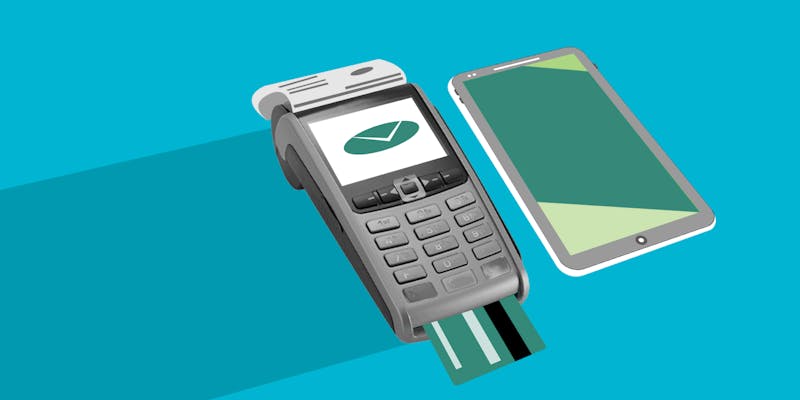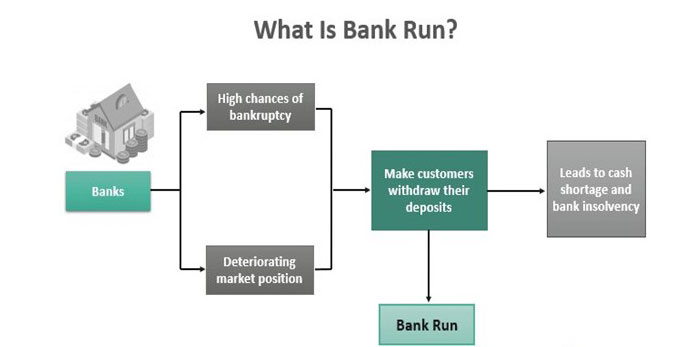The concept of a Federal Stafford Loan frequently surfaces as a key solution for financing a college education. This type of loan isn't just another financial tool; it's a student-focused aid program developed by the federal government. Its primary aim is to ease the financial burden of higher education for students across the United States.
Its student-centric nature sets it apart from personal loans or other financial options. The terms, conditions, and eligibility criteria of a Federal Stafford Loan are tailored specifically to accommodate students' unique financial situations and needs.
Whether it's about lower interest rates, flexible repayment plans, or subsidized options for those with financial need, these loans are structured to support students' educational aspirations without the overwhelming stress of immediate repayment. This focus on student welfare and educational advancement makes Federal Stafford Loans a go-to choice for those seeking financial assistance for their college journey.
Understanding Federal Stafford Loans
The Federal Stafford Loan, a vital component of the William D. Ford Federal Direct Loan Program, is designed to support students' educational journey. These loans come in two forms: subsidized and unsubsidized, each catering to different financial needs.
Subsidized loans are particularly beneficial for students demonstrating financial need. In these cases, the U.S. government is responsible for paying the loan's interest. At the same time, the student is enrolled at least half-time, during the six-month grace period after leaving school, and during any deferment periods. This feature makes subsidized loans an attractive option, as it reduces the overall amount that students will owe after graduation.
On the other hand, unsubsidized loans are accessible to a wider range of students, regardless of financial need. With these loans, interest begins to accrue when the loan is disbursed. This means that while students can defer payments until after graduation, the accumulated interest during their school years and grace periods is added to the principal amount, increasing the total amount to be repaid.
Federal Stafford Loans offer unique advantages, making them a cornerstone of federal student aid. However, students must understand the implications of interest accumulation and repayment responsibilities associated with each type to make informed decisions about funding their education.
Eligibility and How to Apply
Determining if you're eligible for a Federal Stafford Loan involves key factors. Firstly, your financial need plays a significant role. This is calculated based on your family's income and assets and your own. It's not just about how much you or your family earns but also how much the government thinks you can contribute to your education costs.

Another crucial factor is your enrollment status. You must be enrolled at least half-time in an accredited institution to qualify for these loans. This means your course load should meet the school's criteria for half-time enrollment.
Academic progress also influences your eligibility. You need to maintain satisfactory academic progress as defined by your school, which usually includes maintaining a minimum grade point average and completing a certain number of credits each semester.
To apply, the process starts with the Free Application for Federal Student Aid (FAFSA). This comprehensive form collects your financial and personal information to assess your financial need and determine the amount of aid you're eligible for. It's a crucial step in the process of financial assistance and serves as your gateway to not only loans but also grants and work-study opportunities. Filling out the FAFSA annually is essential to remain eligible for ongoing financial aid.
Interest Rates and Repayment
The government determines Federal Stafford Loans' interest rates, which can vary from year to year based on federal law. This variability means that the interest rate for new loans can change each academic year. However, it's important to note that once you take out a Federal Stafford Loan, the interest rate for that loan is locked in for its entire duration. This fixed rate provides consistent repayment amounts, making financial planning more predictable for borrowers.

Repayment of these loans typically starts six months after graduation, a period often referred to as the 'grace period.' This time is designed to give new graduates a buffer to transition into the workforce and earn a steady income before they need to repay their loans. Additionally, various repayment plans are available, including standard, graduated, and income-driven plans, allowing borrowers to choose a strategy that best fits their financial situation post-graduation. Understanding these options is crucial for effective debt management and long-term financial health.
Enhanced Benefits of Federal Stafford Loans
A key advantage of a Federal Stafford Loan is its comparatively lower interest rates when stacked against private student loans. This aspect is crucial because it directly translates to lower overall debt upon graduation. Furthermore, the flexibility in repayment terms offered by these loans stands out. Borrowers can choose from multiple repayment plans that suit their financial situation post-college, such as income-driven repayment plans.
In addition, for those entering specific public service careers, there's a significant perk: loan forgiveness. This program can forgive a portion or even the entirety of the loan, greatly easing the financial load after finishing school. These features make the Federal Stafford Loan a preferred choice for many students seeking financial aid for their education.
Risks and Considerations
Federal Stafford Loans, while beneficial, come with responsibilities that shouldn't be overlooked. Borrowing more than you need can lead to long-term financial stress. It's crucial to understand not just the immediate benefits but also the long-term implications of this debt. Consider your future earning potential and career path, as these will directly impact your ability to repay the loan. Remember, student loan debt can affect your credit score, ability to purchase a home, or even save for retirement. Additionally, changes in interest rates and job market conditions can alter the repayment landscape. Therefore, it's wise to borrow conservatively and plan realistically for your future financial stability.
Conclusion
A Federal Stafford Loan can be a valuable resource for students needing financial assistance for their education. It offers lower interest rates and flexible repayment terms, making it an attractive option for many. However, like any financial commitment, it's essential to fully understand the terms and ensure it's the right choice for your circumstances. Doing so lets you make informed decisions about financing your education and setting yourself up for future financial success.




